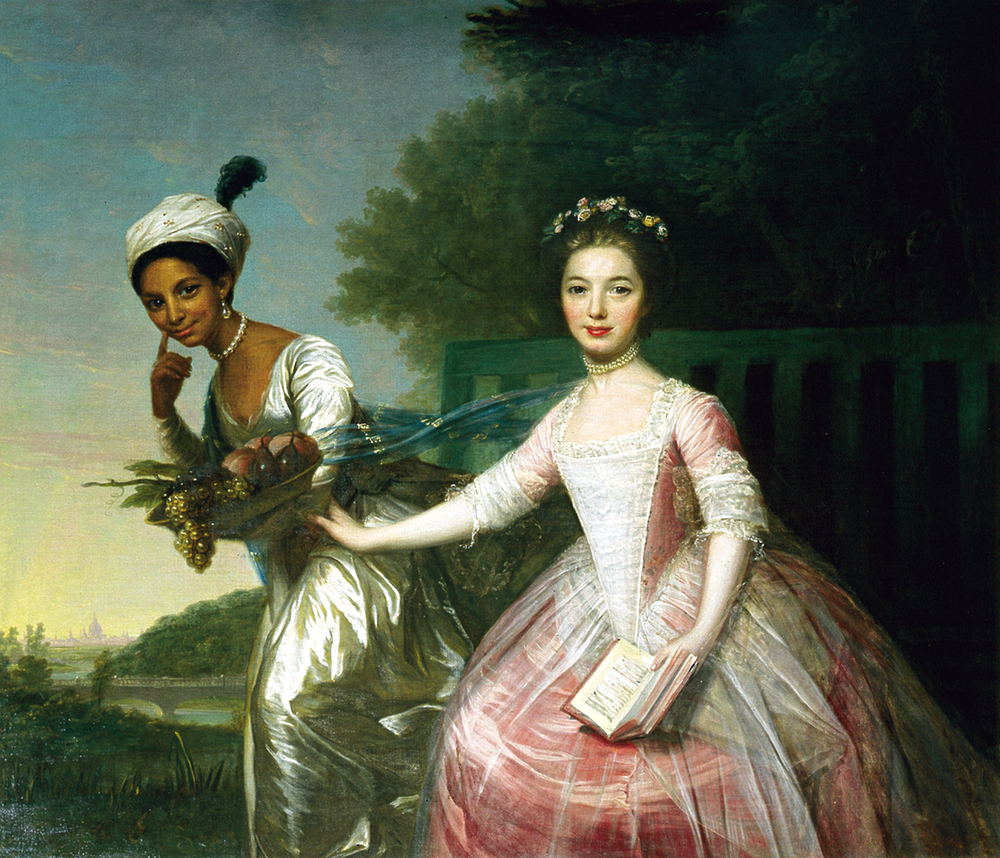Dido Belle: Britain’s first black aristocratPosted in Articles, Arts, Biography, History, Media Archive, Slavery, United Kingdom on 2016-07-23 23:58Z by Steven |
Dido Belle: Britain’s first black aristocrat
The Telegraph
2016-07-06
Amma Asante’s award-winning film Belle arrives on Netflix today. In this feature, first published in June 2014, Nisha Lilia Diu reveals the true story that inspired it
The amazing thing about Dido Elizabeth Belle is not that she was mixed-race. Who knows how many white men’s children were born to black slave women in the 18th century? It’s not even that her father was a wealthy English aristocrat – there were plenty of titled captains tearing around the Caribbean at that time, capturing French and Dutch schooners during the Seven Years’ War and making off with their sugar, coffee and other (often human) cargo. The extraordinary thing about Dido Belle is that her father, a 24-year-old Navy officer called John Lindsay, took her home to England and asked his extended family to raise her. And they did. They did it in some style, too.
Belle grew up in Kenwood House in north London. It was the palatial weekend retreat of Lindsay’s uncle, the first Earl of Mansfield, set in landscaped gardens with a view of St Paul’s Cathedral six miles away. Mansfield was Lord Chief Justice, and he made a number of landmark rulings on slavery that were among Britain’s first steps towards abolition. Did Belle’s presence in his home have anything to do with it? Plenty of his contemporaries thought so, and they didn’t admire him for it.
“Dido was very, very privileged,” says William Murray, a descendant of the earl and the son of the heir apparent. “She was in the top 5 per cent, perhaps the top 1 per cent, in terms of how she lived, her allowance, her dress, her education.” But Belle’s position was far from clear-cut…
Read the entire article here.

